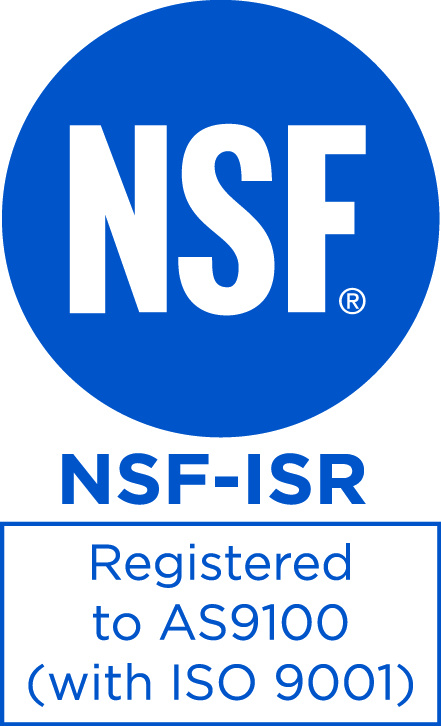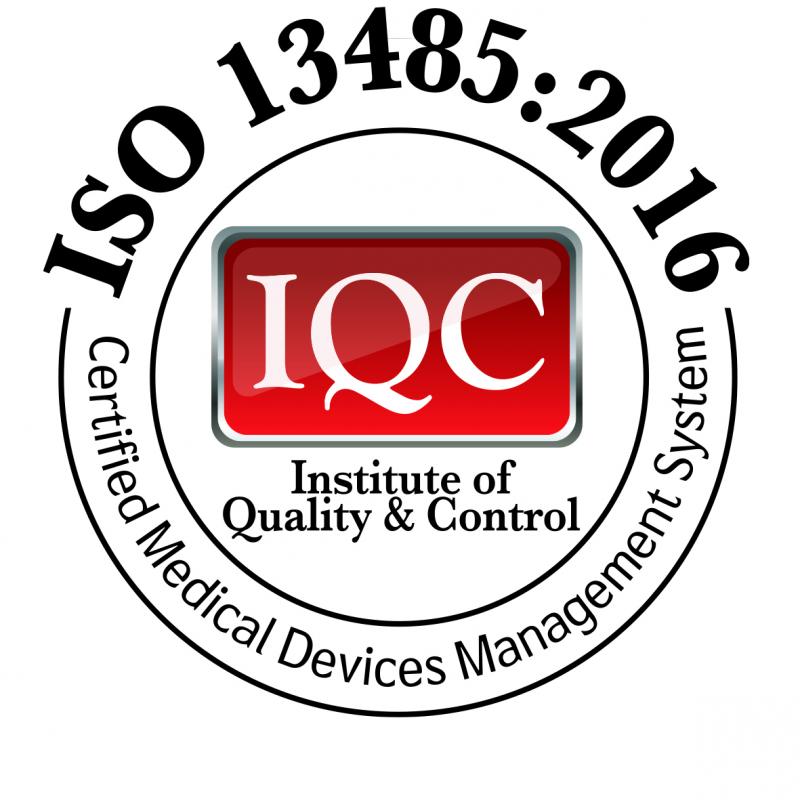CNC MACHINING
CNC (Computer Numerical Control) machining is a subtractive manufacturing technology: parts are created by removing material from a solid block (called the blank or the workpiece) using a variety of cutting tools.
CNC machining is a digital manufacturing technology: it produces high-accuracy parts with excellent physical properties directly from a CAD file. Due to the high level of automation, CNC is price-competitive for both one-off custom parts and medium-volume productions.
Almost every material can be CNC machined. The most common examples include metals (aluminum and steel alloys, brass etc.) and plastics (ABS, Delrin, Nylon etc). Foam, composites and wood can also be machined.
The basic CNC process can be broken down into 3 steps. The engineer first designs the CAD model of the part. The machinist then turns the CAD file into a CNC program (G-code) and sets up the machine. Finally, the CNC system executes all machining operations with little supervision, removing material and creating the part.
- The workpiece is held stationary directly on the machine bed or in a vice.
- Material is removed from the workpiece using cutting tools or drills that rotate at high speed.
- The tools are attached to a spindle, which can move along three linear axes.
- The workpiece is held on the spindle while rotating at high speed.
- A cutting tool or center drill traces the outer or inner perimeter of the part, forming the geometry.
- The tool does not rotate and moves along polar directions (radially and lengthwise).
Multi-axis CNC machining centers come in three variations: 5-axis indexed CNC milling, continuous 5-axis CNC milling and mill-turning centers with live tooling.
These systems are essentially milling machines or lathes enhanced with additional degrees of freedom. For example, 5-axis CNC milling centers allow the rotation of the machine bed or the toolhead (or both) in addition to the three linear axes of movement.
The advanced capabilities of these machines come at an increased cost. They require both specialized machinery and also operators with expert knowledge. For highly complex or topology optimized metal parts, 3D printing is usually a more suitable option though.
Rational’s CNC facilities manufacture complex internal parts for diverse devices and clients on demand.
Our CNC facilities are capable of rapid turnaround according to the client’s timetable and requirements, whether it’s a one-off piece, tens of thousands or more, Rational delivers.
Rational Systems has 44 CNC machining centers, 5-axis machines with work tables up to 6M long, milling, turning and grinding.
injection molding
Injection Molding is a manufacturing process for producing parts in large volume. It is most typically used in mass-production processes where the same part is being created thousands or even millions of times in succession.
The mold consists of two primary components, the injection mold (A plate) and the ejector mold (B plate). These components are also referred to as molder and mold maker. Plastic resin enters the mold through a sprue or gate in the injection mold;
Reaction injection molding (RIM) is similar to injection molding except thermosetting polymers are used, which requires a curing reaction to occur within the mold.
The two parts of the polymer are mixed together, usually by injecting them under high pressure into an impinging mixer. Then the mixture is injected under lower pressure into a mold. The mixture is allowed to sit in the mold long enough for it to expand and cure.[1]
If reinforcing agents are added to the mixture then the process is known as reinforced reaction injection molding (RRIM). Common reinforcing agents include glass fibers and mica.
Reaction injection molding can produce strong, flexible, lightweight parts which can easily be painted. It also has the advantage of quick cycle times compared to typical vacuum cast materials. The bi-component mixture injected into the mold has a much lower viscosity than molten thermoplastic polymers, therefore large, light-weight, and thin-walled items can be successfully RIM processed. This thinner mixture also requires less clamping forces, which leads to smaller equipment and ultimately lower capital expenditures. Another advantage of RIM processed foam is that a high-density skin is formed with a low-density core.
Polyurethane
Polyurethane reaction injection molding (RIM) technology was developed in the late 1960s. Since then, the technology has evolved dramatically as more and more product designers and manufacturers have learned to tap the unique capabilities and benefits of RIM for an ever-growing range of products. The universal physical characteristics of polyurethane RIM parts are high strength and low weight. It’s helpful to view RIM not as a specific resin with narrowly defined properties, but as a process capable of achieving a broad range of properties. As its name implies, the polyurethane RIM process uses polyurethanes to produce molded parts. The polyurethanes begin as two liquid components, compared with the pellet form of most thermoplastics. These liquid components – an isocyanate and a polyol – are developed in two-part formulations, which are often called polyurethane RIM systems.
Depending on how the polyurethane RIM system is formulated, the parts molded with it can be a foam or a solid, and they can vary from flexible to extremely rigid. Thus, polyurethane RIM processing can produce virtually anything from a very flexible foam-core part to a rigid solid part. Part density can vary widely, too, with specific gravities ranging from 0.2 to 1.6.
assemblies
We offer our customers an advanced assembling department where systems and sub-systems design and production projects are carried out according to the customer’s requirements. The assemblies can be made in the turn-key format, including integration of sub-systems into larger technology embedded systems. We provide assembly services for the various systems we manufacture in our plant.


